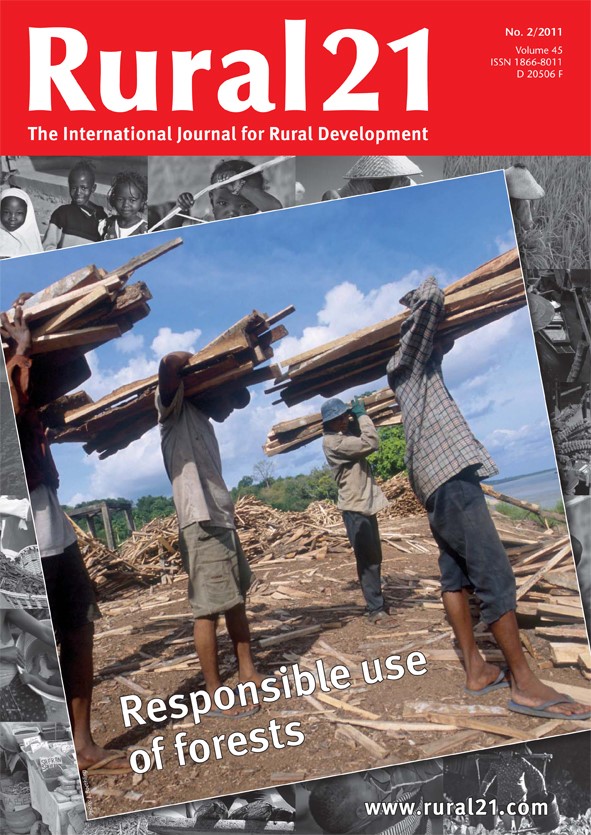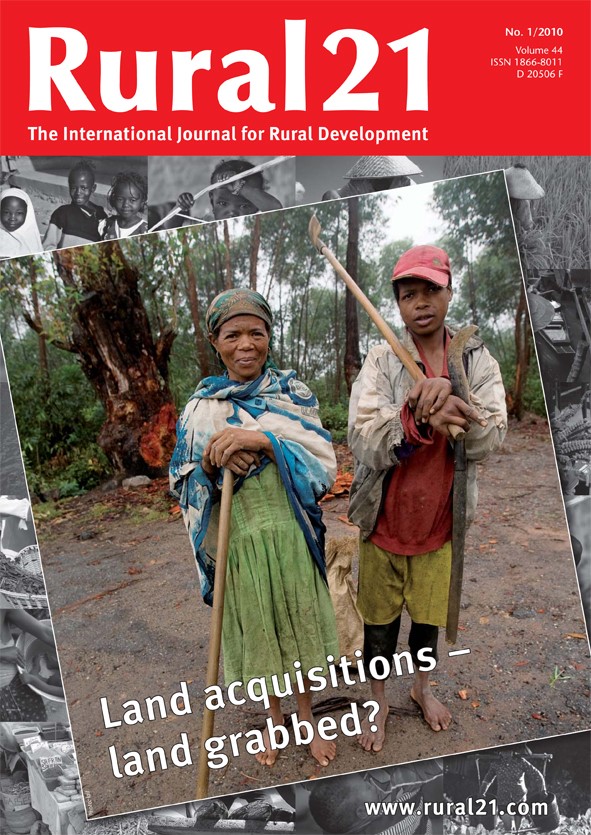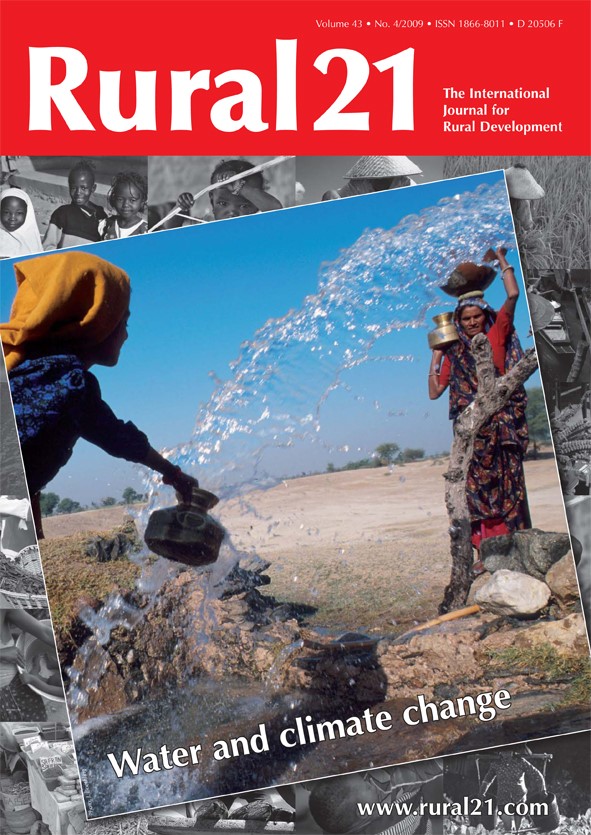Qualitative Social and Economic Monitoring: Round Four Report
ABSTRACTED FROM EXECUTIVE SUMMARY: The Qualitative Social and Economic Monitoring of Livelihoods in Myanmar (QSEM) research program provides a descriptive picture of rural life in Myanmar.







